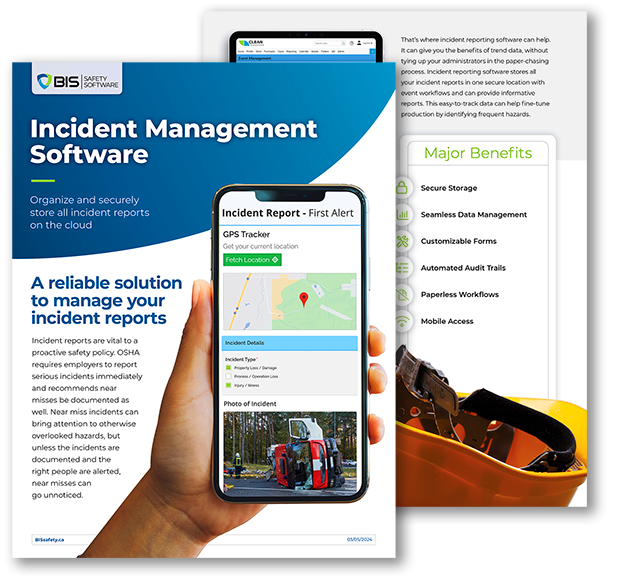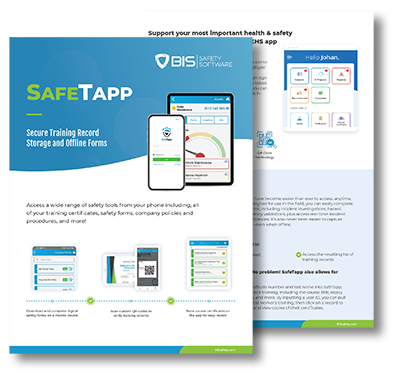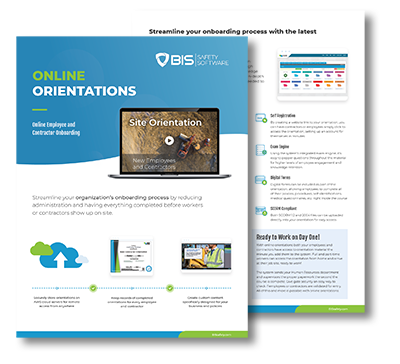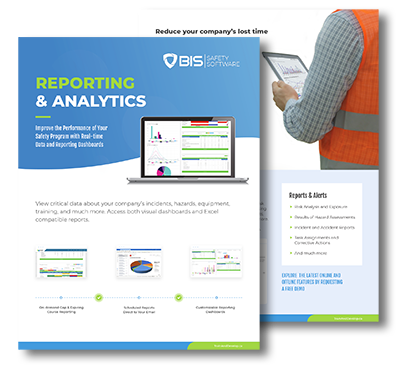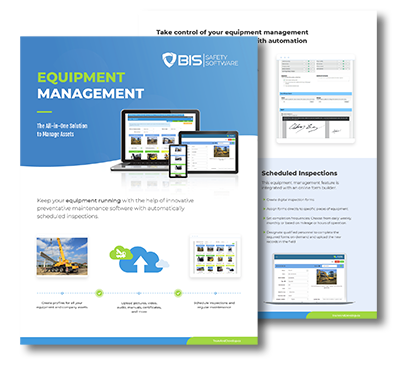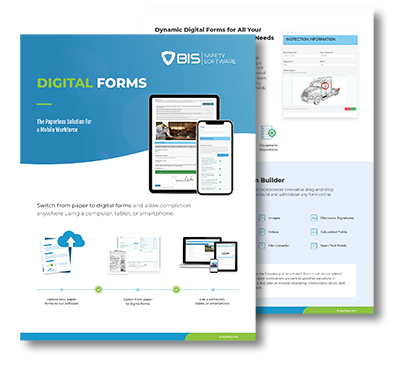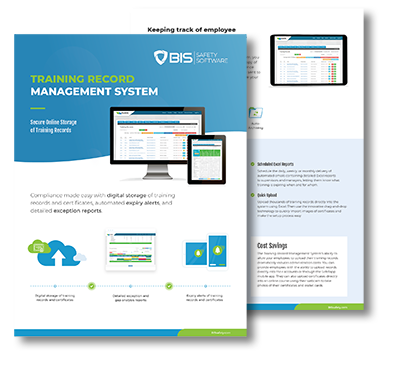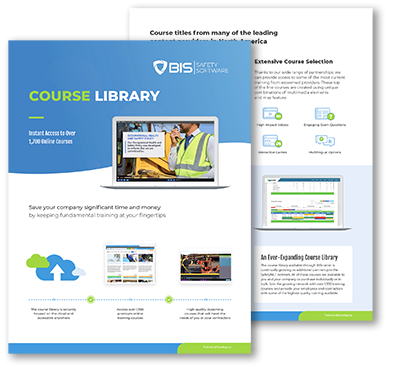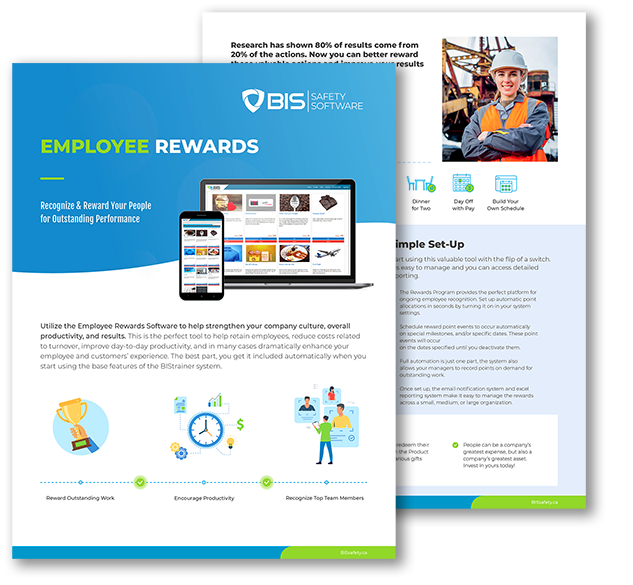BIS Safety Software
Walking-Working Surfaces: What Supervisors Need to Know
Our web-based Walking-Working Surfaces: What Supervisors Need to Know program is tailored to aid supervisors in comprehending the OSHA Walking-Working Surfaces regulation and their duties under the revised slips, trips, and falls conditions._x000D_

The "Walking-Working Surfaces" regulations by OSHA, under Sub-part D, govern slips, trips, and falls. These stipulations are applicable to all general industry workplaces. In addition, they cover all walking and work surfaces within these workplaces, irrespective of the nature of operations, including but not limited to floors, aisles, stairs, ladders, platforms, roofs, and so forth.
Slips, trips, and falls can occur in any part of a workplace - it could be an office, production floor, loading dock, warehouse, or any other area. As per the Bureau of Labor Statistics, these hazards are responsible for most general industry workplace accidents and cost businesses billions of dollars annually due to lost productivity. OSHA believes that adherence to existing regulations and recommended safe work practices can prevent a substantial number of these injuries.
Our web-based Walking-Working Surfaces: What Supervisors Need to Know program aims to aid supervisors in comprehending the OSHA Walking-Working Surfaces regulation and their duties under the revised slips, trips, and falls conditions.
Upon the completion of this course, participants should be able to:
- Understand when a hazard assessment is necessary
- Determine the need for an inspection
- Recognize other fall protection alternatives
- Ascertain if training is required
- Identify a qualified individual for developing and conducting the training
Our Walking-Working Surfaces: What Supervisors Need to Know web-based program encompasses the following topics:
- Hazard Assessment
- Inspections
- Fall Protection
- Training
Estimated 20 minutes
A minimum score of 80% is required to pass this course. Participants have three attempts to achieve the passing score.
On successfully completing this online course, users have the option to download and print a certificate of completion.
Course Details
Course Length
This course will take roughly 20 minutes
Passing Mark
To pass this training course, you need to score 80% or higher on the quiz
Certificate
Upon the successful completion of this course a certificate with your name will be stored on your profile and available to print
Additional Training Courses

Performing Safety Inspections – Global
The primary objective of safety inspections is to assist employers in identifying hazardous work conditions and practices, remove any obstacles to safe and efficient...

HazMat Transportation
Every day, hazardous materials (HAZMAT) weighing millions of tons are shipped across the globe. These substances can be toxic, flammable, explosive, poisonous, or corrosive....

Comunicación de riesgos – Fichas de datos de seguridad (US)
Este curso ha sido estructurado para proporcionar información adicional y completa sobre las Fichas de Datos de Seguridad (SDS) actualizadas, así como para proporcionar...






